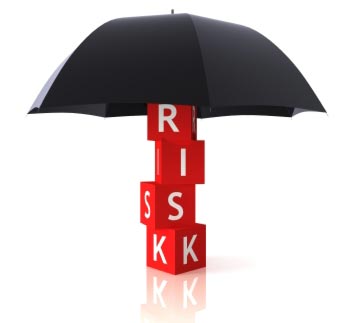
|
SSCE® Overview
“SSCE® removes the assumptions and trial & error exercises from all engineering and process control methods used ...

... giving engineers and contractors unprecedented control over the engineering & construction of fills - and solution of the greatest problem in infrastructure.”
Earthen fills support most of our civil infrastructure, including waste containment facilities. Most infrastructure is founded by some percentage of fills, base fills, replacement fills and backfills. Over many decades now engineers and contractors have operated with many assumptions when designing and constructing the fill elements of infrastructure. These assumptions force engineers and contractors into trial & error exercises in their process controls, which inadvertently compromises engineering and hinders construction. As a result, engineers and contractors have not been able to design and build earthen fills to meet engineering requirements knowingly or cost-effectively. Consequently, earthen fills are the only element of construction built with assumptions, trial & error and no direct data verification that engineering requirements were achieved in construction - causing unknown and deficient results. SSCE® eliminates the assumptions that cause these problems, and gives both engineers and contractors the controls they need. “SSCE® does not change practice, rather, it effects practice - so that standards of practice are achieved and production is maximized.”
Soil is the world's most abundant and least expensive material resource for infrastructure development. However, because of the current assumptions used in earthen fill engineering and construction (E&C), earthen materials typically turn out to be our least cost-effective material resource. Construction of foundation fills poses the riskiest element of infrastructure development and is the primary source of infrastructure damages now averaging $19 billion/year in the US alone, and escalating by $0.35 billion each year. (See “The Most Critical Components of Ground Risk.”) For earthen fills only, unlike concrete and steel, engineer's abilities are limited in design, construction control, and verification of strength and stability. These limitations increase construction time and costs, and jeopardize the good concrete and steel built over the fills. Earthen fills are constructed by soil compaction. Compaction is the most prevalent form of ground modification used in infrastructure construction. However, compaction is largely misunderstood in the industry, and fill construction is largely taken for granted. Strength and stability of fills are attained by soil compaction. With the right compaction, sufficient long-term strength and stability of earthen fills can be achieved efficiently in construction. However, with the wrong compaction, sufficient strength and stability is not achieved resulting in strength loss, settlements, and shrink-swell problems with moisture change over time. The right compaction requires an understanding of compaction energy and compaction dynamics, in order to understand compaction control. ESOL understands compaction and is the world leader in compaction control. Thus ESOL has developed Site-Specific Compaction Energy® (SSCE®) in order to remove the assumptions from all process control methods, and solve the greatest problem in infrastructure. “... compaction is largely misunderstood in the industry, and fill construction is largely taken for granted.”
The primary source of our greatest problem in infrastructure is deficient construction of the earthen fill elements of our foundations (currently $19 billion/year in infrastructure damages and escalating). Most of this damage comes from inadvertently wrongly compacted subgrade fills, replacement fills, re-compacted depths, embankment fills and backfills - more so than from underlying in-situ conditions which are generally well characterized and conservatively managed in engineering design with replacement fills (wrongly compacted), deep foundations, etc. These damages typically begin to develop 2-5 years after construction, so many engineers do not make the connection or realize the magnitude of this problem. SSCE® tools can eliminate this problem going forward. (See “The Most Critical Components of Ground Risk.”) ESOL's signature advance, SSCE®, removes the assumptions used in our work today, thus providing the process control engineers and contractors need to avoid the trial & error exercises and inadvertent engineering compromises that have plagued the industry for so long. ESOL's long-sought advance does not change practice, rather, it effects practice. SSCE® simply informs engineers and contractors fully, thus giving all parties the controls they need over E&C objectives, responsibilities, costs, and risks. Read More About the Greatest Problem in Infrastructure. |